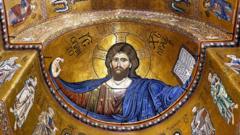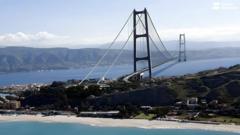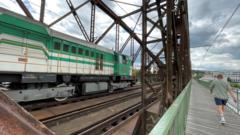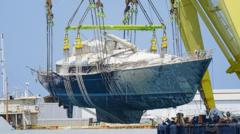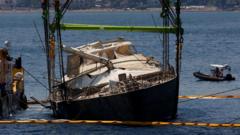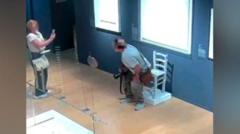The mosaics encompass over 6,400 square meters and contain about 2.2 kg of solid gold, a material that symbolizes the divine in Byzantine art. During the restoration, the team tackled significant challenges, including the removal of layers of dust and repairing tiles that had lost their glittering enamel. Father Nicola Gaglio, the cathedral's priest, observed the painstaking process with a paternal instinct, noting how the restoration team approached their work with utmost care and consideration.
The previous restoration efforts date back to 1978, yet this latest initiative involved far-reaching enhancements, including the replacement of an outdated lighting system. Matteo Cundari from Zumtobel explained that the aim was to illuminate the mosaics effectively while considering future needs without inflicting damage to the architecture.
The first phase of the restoration incurred costs of 1.1 million euros, with plans for additional work on the central nave underway. When asked about the impact of seeing the scaffolding removed, Father Gaglio expressed an overwhelming sense of beauty and responsibility, emphasizing the importance of such artistry in evoking the goodness of humanity.
As this celebrated site welcomes visitors once more, it stands not only as a tribute to historical craftsmanship but also as a reminder of the enduring beauty that language cannot fully capture.
The previous restoration efforts date back to 1978, yet this latest initiative involved far-reaching enhancements, including the replacement of an outdated lighting system. Matteo Cundari from Zumtobel explained that the aim was to illuminate the mosaics effectively while considering future needs without inflicting damage to the architecture.
The first phase of the restoration incurred costs of 1.1 million euros, with plans for additional work on the central nave underway. When asked about the impact of seeing the scaffolding removed, Father Gaglio expressed an overwhelming sense of beauty and responsibility, emphasizing the importance of such artistry in evoking the goodness of humanity.
As this celebrated site welcomes visitors once more, it stands not only as a tribute to historical craftsmanship but also as a reminder of the enduring beauty that language cannot fully capture.

